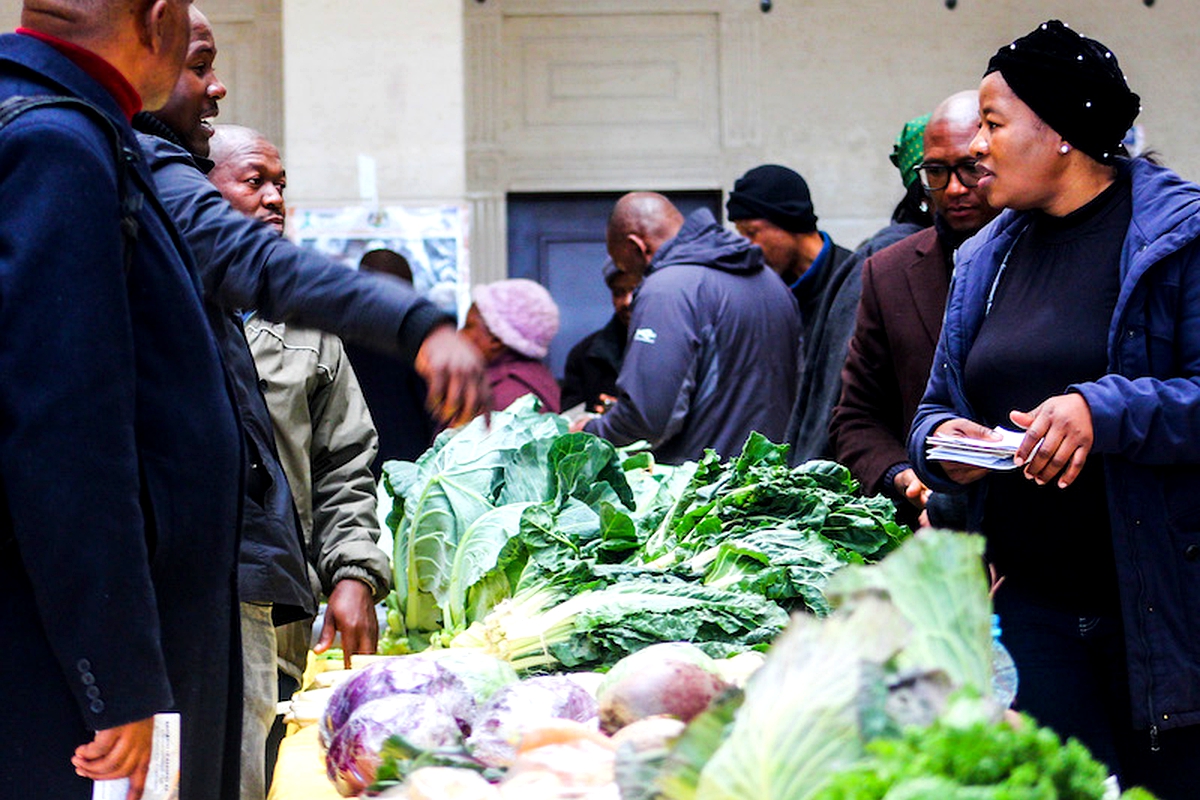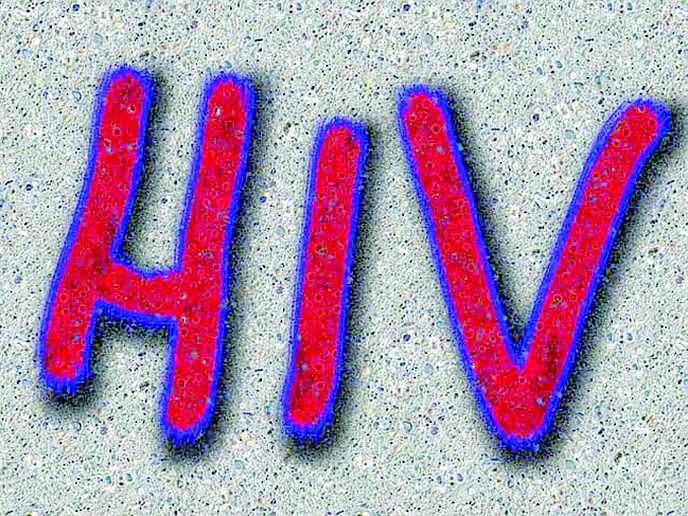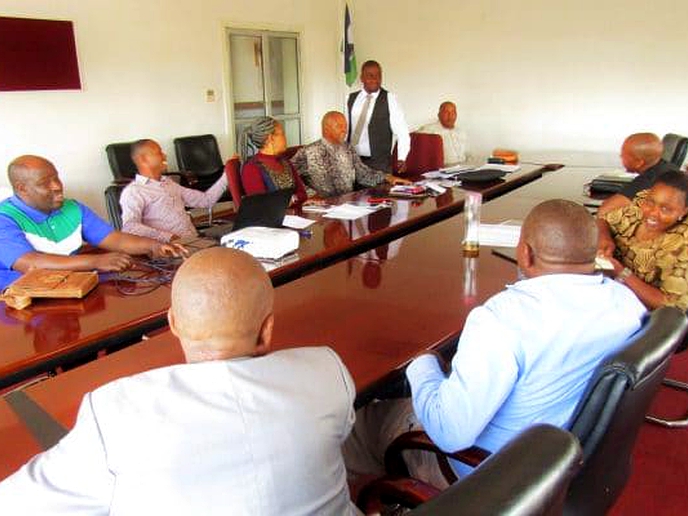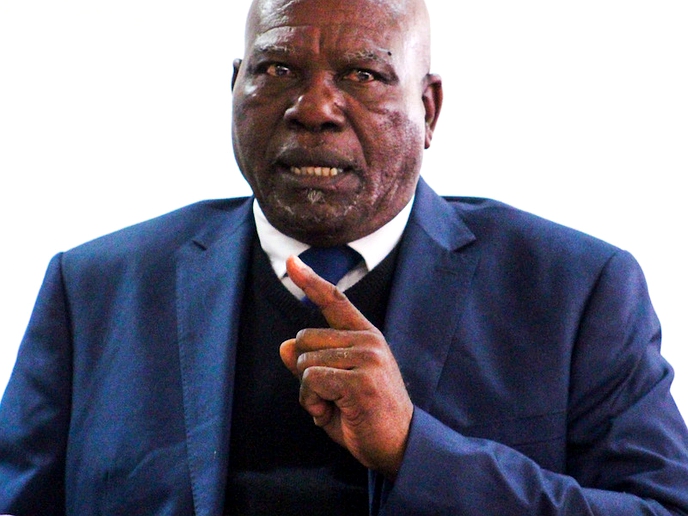MASERU – Food insecurity remains a huge challenge for Lesotho with one quarter of the population estimated to be malnourished, equating to about 475 000 people.
comments
Aug. 3, 2019
KABELO MASOABI
6 min read
Experts aim to transform agriculture sector

According to the MAFS, much of the food available in Lesotho is imported from South Africa and other countries.
A summary of the Lesotho food security policy obtainable from the Ministry of Agriculture and Food Security (MAFS) indicates that many people in the country are food insecure. It shows that few people grow all their own food, and most must either buy some or all of it.
On an average, poor people in Lesotho grow less than 20% of the food they need and buy between 45% and 60% of it – showing that there is a considerable gap to be made up from other sources to fill up the 20 to 35% shortfall.
According to the International Fund for Agriculture Development – Lesotho programme manager, Dr Philipp Baumgartner, although livestock is the main feeding mechanism for most people, especially those who live in the mountainous areas, there has to be green products (vegetables) to achieving a nutritious diet. “There is a need to transform rural Lesotho towards a more resilient and economically active environment that allows people to sustain their livelihoods and grow out of poverty and malnourishment,” he noted.
He described food security in the following pattern:
- Food security means there must be enough food to feed the whole population adequately, from fields, gardens, shops, emergency supplies or other sources. Everyone must have the money or other economic resources or social networks to get the food they need.
- Food should have the desired effect upon the human body, but always being safe and nutritious. Food should be available and accessible all the time – supplies or access to supplies should not be interrupted by droughts or times of economic hardship.
Furthermore, he indicated these definitions otherwise summerised - availability of food; access, effective use and its stability; show that food security is not just about farming and food production. He said if any of the above conditions is not met, people are suffering food insecurity.
“For example, if there is food in the shops but people cannot afford to buy it, there is a state of insecurity. If there is food in towns but does not reach the rural areas and rural people cannot get to town to obtain it, the rural people are suffering food insecurity. If people are eating enough to prevent hunger but their food is not nutritious enough for an active and healthy life, those people are food insecure,” adds Food and Agriculture Organisation – Lesotho assistant representative Mokitinyane Nthimo.
According to the MAFS, much of the food available in Lesotho is imported from South Africa and other countries. It shows that so far, Lesotho has had the funds to make these imports, but this is not guaranteed for the future. Some food is given to the country by various foreign donors, but this has normally been only in a small scale.
Enjoy our daily newsletter from today
Access exclusive newsletters, along with previews of new media releases.
How should food security be promoted in Lesotho?
The government of Lesotho has drawn up a national food security policy, which was approved by cabinet in 2005 and linked to the National Vision 2020 and the Poverty Reduction Strategy as well as the global Millennium Development Goals. The policy guides all the country’s efforts to achieve sustained food security.
The policy identifies four groups of people within the population that are food insecure as:
- The extreme poor - unable to make a living in normal times without some support. Many of them are disabled, elderly, in female headed-households or living with AIDS,
- The chronically vulnerable - economically active but can slip into poverty and can improve their livelihoods through measures that promote food security,
- The occasionally vulnerable - vulnerable to occasional food insecurity) and;
- The not usually vulnerable – who are either prosperous enough in farming or business to withstand economic and agriculture shocks, but their prosperity needs to be promoted so that they can generate more work for poorer people, who in turn can improve their own food security.
The policy highlights the highest priority being to support the first two groups while it is also important to promote overall growth in the agriculture and industrial sectors. At first, it is shown such growth may mainly benefit the third and fourth groups above, but their greater prosperity will in turn build better food security for the poorer groups.
On the basis of this analysis, it is stating the objective of the policy is to improve the adequacy and stability of access to food at household level and supplies at national level. To attain this, it calls for employment promotion that can make a major contribution to combating food security.
Again, the policy suggests the promotion of agricultural and food production by reversing this trend through implementation of Lesotho’s Agricultural Sector Strategy, which is already in place.
Specific measures identified for this purpose are: the improvement of input supplies, the promotion of conservation farming techniques and block farming approaches; support for more intensive and productive use of home gardens, the promotion of small-scale irrigation schemes; promotion of livestock production and improvements in range management and the conservation and rehabilitation of land resources.
Among others listed in the policy, other points noted important are the promotion of support services – for example, microfinance and infrastructure, agriculture and food marketing, processing and trade should be promoted in order to improve the production and supply of food and make access to food supplies more stable.
HIV/AIDS has become a key influence on food security in Lesotho, and therefore receives special attention in the food security policy. It goes on to highlight the various measures it proposes that may be particularly beneficial to households living with AIDS – for example, the promotion of more intensive homestead food production, of conservation farming and small livestock production.
Who should promote food security?
In line with government’s policy of decentralization, district level authorities will be actively involved in implementing the Food Security Policy.
As at national level, structures will be developed to coordinate the roles of the various government and non-governmental agencies at district level. Increasingly, local government authorities – in particular, community councils – will be expected to monitor and coordinate food security issues in their areas.
Non-governmental organisations are expected to make substantial contributions towards the achievement of national food security objectives – for example, in advocacy, awareness creation and capacity building.
The private sector, which Mr Nthimo said the public sector failed to stimulate investment from, is stated in the policy as having a central role in the production, processing, marketing and transport of food, and in the provision of support system such as credit.
However, the World Bank that recently funded the country with $50 million (M710.5 million) for second phase of the Smallholder Agriculture Development Project (SADP II), indicated Lesotho’s agriculture sector having been underfunded, with public spending in agriculture sitting at 3% and relatively too low to ensure productivity in terms of market connection, soil fertility and intensifying labour among other tasks.
“For the past 15 years Lesotho has achieved economic growth without transformation in the agriculture sector. Agriculture counts for 1, 9% of country’s GDP and has improved from last year by growth volatile average of from 6 to 7%. Localised poverty dynamics require targeted approaches. There is potential in crop growth in Lesotho,” observed Mr Baumgartner.
Agriculture is key driver of prosperity in any country. In Lesotho it has employed 63% of population and 65% of people who live in rural areas depend on agriculture hence it is high priority in the development plan, added World Bank - country representative Mrs Janet Entwistle.
Director at the Ministry of Agriculture – department of agriculture research Dr Lefulesele Lebesa, stated the country needed to invest in research to identify long-term solutions in agriculture production. She further showed it was vital to shift focus to horticulture in order to guarantee a balanced nutrition and also to address the challenges of climate change.
The department recently secured from the World Bank and government of Lesotho, a $20 million (M284.2 million) funding earmarked for its research programmes of six years.
“When this project ends, 80 technologies would have been created, 90 farmers trained, and 100 families would have benefited from it. Research will guide us to achieving a quality crop production – for example, we are going to work with Mokhotlong, Nyokosoba and Machache farmers to produce green apples because we have learned that these places’ weather is conducive to this activity. Colour and quality of apple varieties depend on climate (low, medium and high chill regions),” she said during the launch of the SADP II at the ’Manthabiseng Convention Centre last week.
Tailored for you






